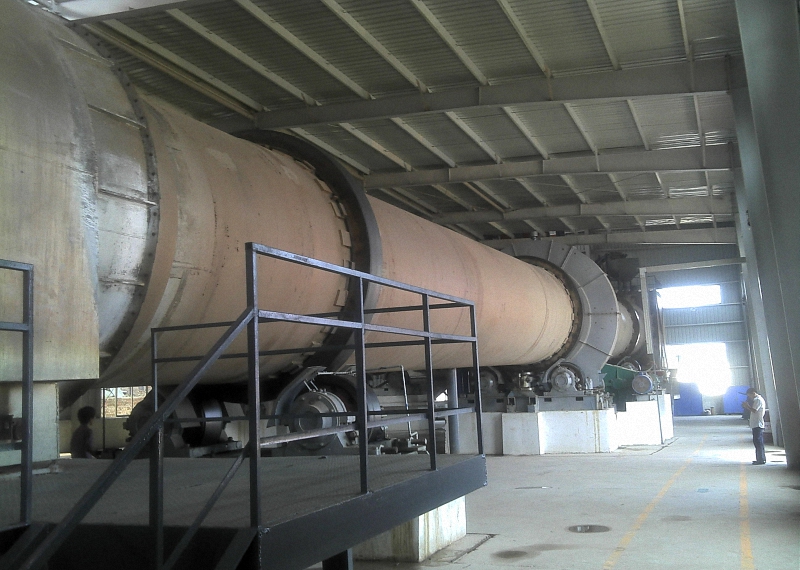- +8618937185591
- +8618937185591
- ec19@zkcorp.com
- +8618937185591

Today's author analysis of the annual production of 35,000cubic meters of ceramsite production line configuration, process.

There are several problems in the treatmentof sludge, such as reclamation, landfill, incineration and land use, but thereare many problems. If the sludge of the sewage treatment plant is completelydisposed of by landfill, it will cost a lot of treatment and cause secondarypollution to the environment. The use of sludge to produce ceramsite can notonly replace clay to burn ceramsite, save land, turn waste into treasure, andsimultaneously sterilize and solidify heavy metals at high temperatures toavoid pollution. Today's author analysis of the annual production of 35,000cubic meters of ceramsite production line configuration, process.
Annual production of 35,000 cubic meters ofceramsite production line configuration
The annual production capacity of 35,000square sludge ceramsite production line adopts 2PG600×750 roll crusher, ZJ500double shaft mixer, GL800×700 counter roll granulator, plug-in rotary kiln(output is 4.42m?/h-5.9m? /h, slope 3.5°-4.0, calcination temperature1100°C-1200°C), equipped with a preheating kiln with a diameter of 1.8m×22m(speed 1r/min-5r/min) and a roasting kiln with a diameter of 2.2m×18m ( Speed1r/min-5r/min), diameter 1.8m×18m single cylinder cooler, LSF26 verticalcooler, 120m2 air cooler, PPC64-4 bag filter, 12213m?/h, 22KW motor fan,Multiple B500 belt conveyors.
Annual production process of 35,000 cubic sludgeceramsite production line
After the car transports the sludge andclay into the factory, it is stored in the stacker for natural drying for aperiod of time, and then sent to the respective silos by the forklift. A boxfeeder is placed under the clay bin, and the clay is sent to a roller crusherfor crushing. Multiple roller crushers can be provided to make the clay particlesize smaller and then fed into a twin-shaft mixer. The sludge also enters thetwin-shaft mixer through the screw conveyor under the bin. The sludge and clayare thoroughly mixed and stirred in a twin-shaft mixer and then sent to theaging pile for storage. The aged mixture is sent to the silo by a forklift,then stirred by a twin-shaft mixer and sent to a roll granulator for extrusiongranulation. The pellets produced are sent to the shaping and screening machineby a belt conveyor. After rounding, the small particles are sieved out, and thequalified pellets are sent to the twin-tube rotary kiln for preheating androasting. The fired ceramsite products are cooled in a cooling machine, andthen divided into finished products of different particle sizes by rotarysieves, which are stored in the storage yard and shipped after being bagged.The high-temperature secondary air of the cooler enters the rotary kiln toassist combustion, which saves fuel. The fuel is sent to the rotary kiln forcombustion through a multi-channel burner by a high pressure blower. The dustyhigh-temperature flue gas at the end of the kiln enters the air cooler to cooldown, and then enters the bag dust collector to purify and empty.